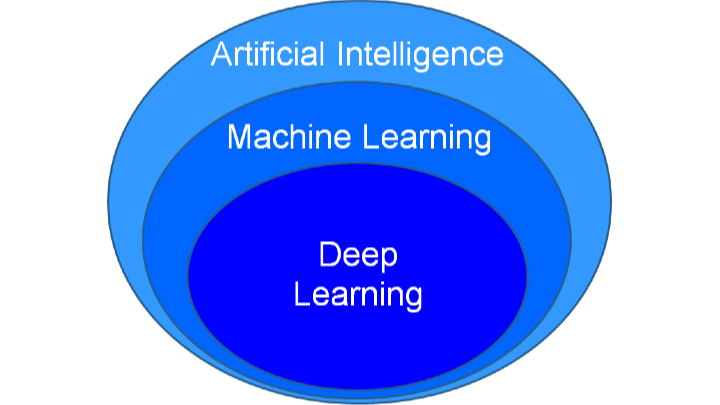

It is used in areas such as Communications, Geology, Remote Sensing, and Image Processing.
Deep learning series#
#3: Once the data has been visualized, it will be necessary to transform and extract features from the data such as peaks, change points and signal patterns.īefore the advent of machine learning or deep learning, classical models for time series analysis were used since signals have a time specific domain. For signal processing, visualizing is required in the time, frequency and time-frequency domains for proper exploration. #2: Visualizing the data will be key to identifying the type of pre-processing and feature extraction techniques that will be required. If you are planning to use a supervised learning algorithm, the data will require labeling. This will also involve extracting and transforming features and splitting into training and test sets. #1: Firstly, the process would involve storing, reading and pre-processing the data. Mathematics is necessary to evaluate it, Informatics enables the implementation and the physical world will generate the signals. Signals include almost all forms of data that can be digitized such as images, videos, audio and sensor data. According to the above diagram, signal processing is the intersection of Mathematics, Informatics and Physical stimuli. And now, signal processing is starting to make some waves in deep learning.Ī signal is a physical support of information. Speech and audio, autonomous driving, image processing, wearable technology, and communication systems all work thanks to signal processing. Signal Processing is a branch of electrical engineering that models and analyzes data representations of physical events.

Computers, radios, videos, mobile phones are all enabled by signal processing. Using Deep Learning for Signal ProcessingĪccording to the Institute of Electrical and Electronic Engineers (IEEE), Signal Processing encapsulates our daily lives without any of us even knowing.


 0 kommentar(er)
0 kommentar(er)
